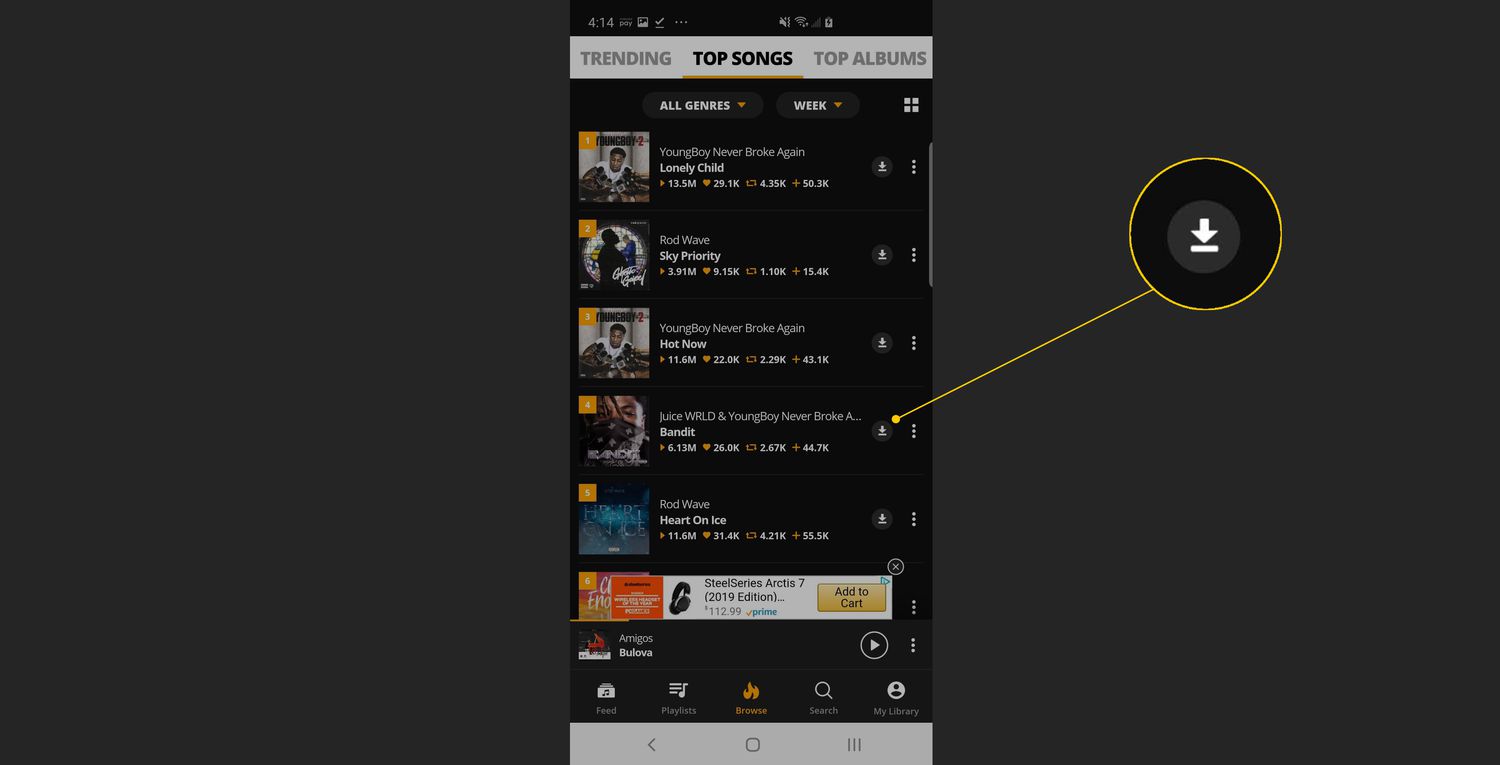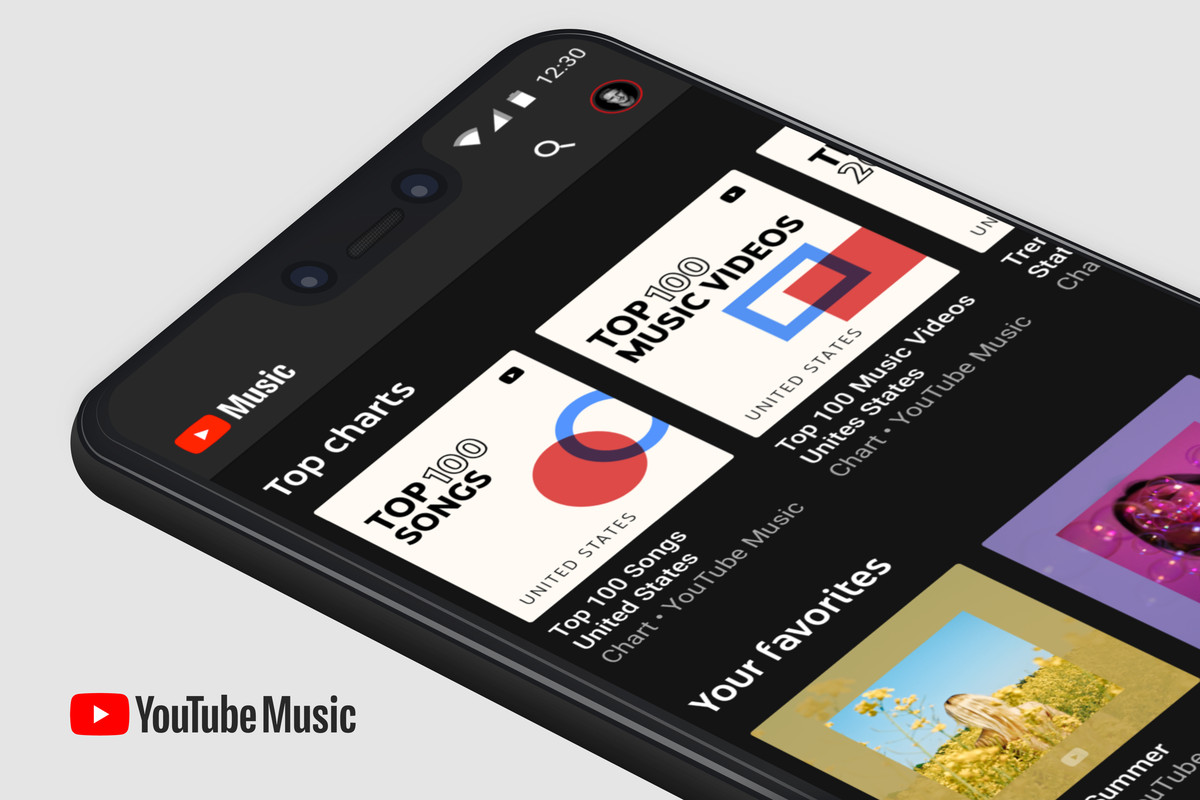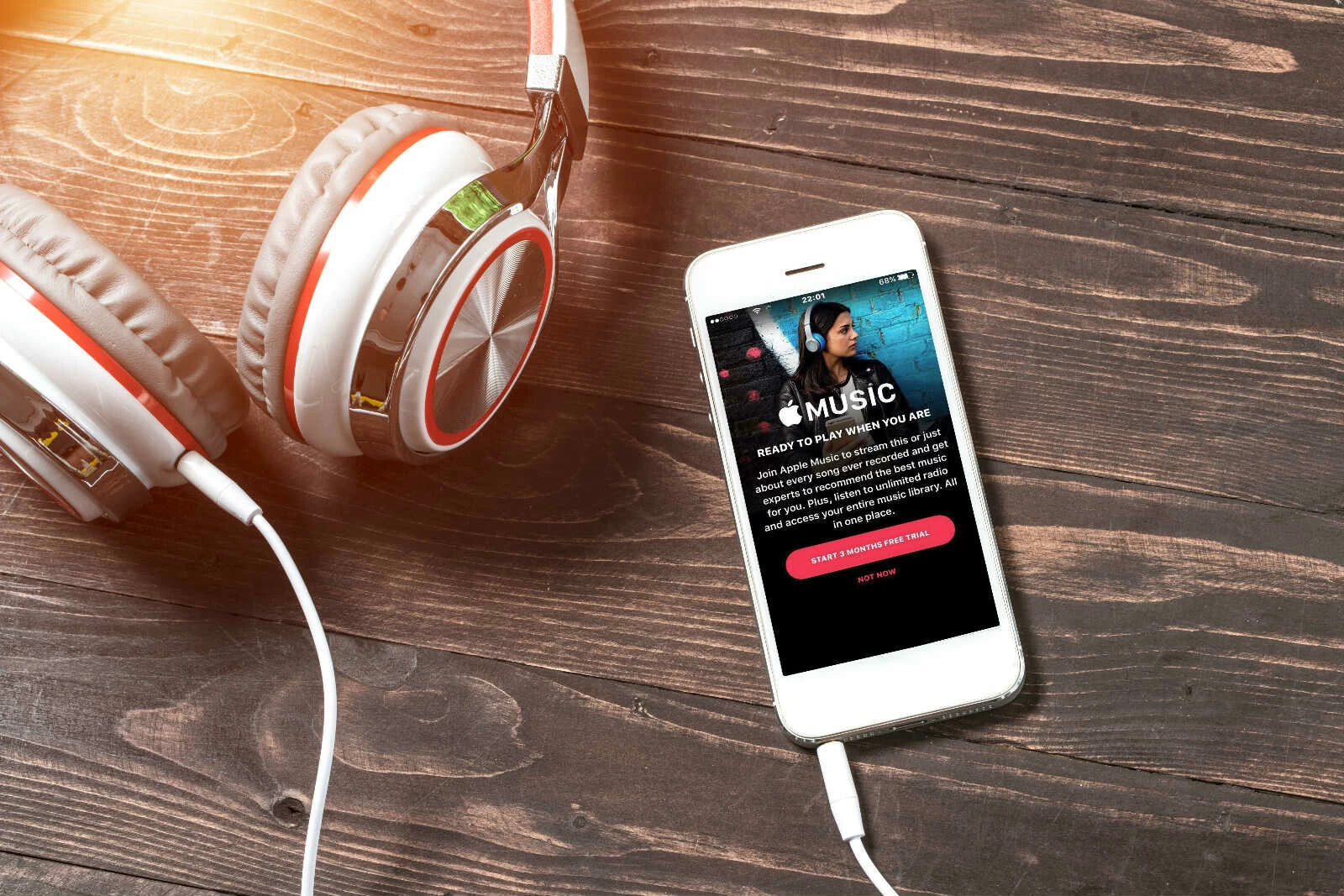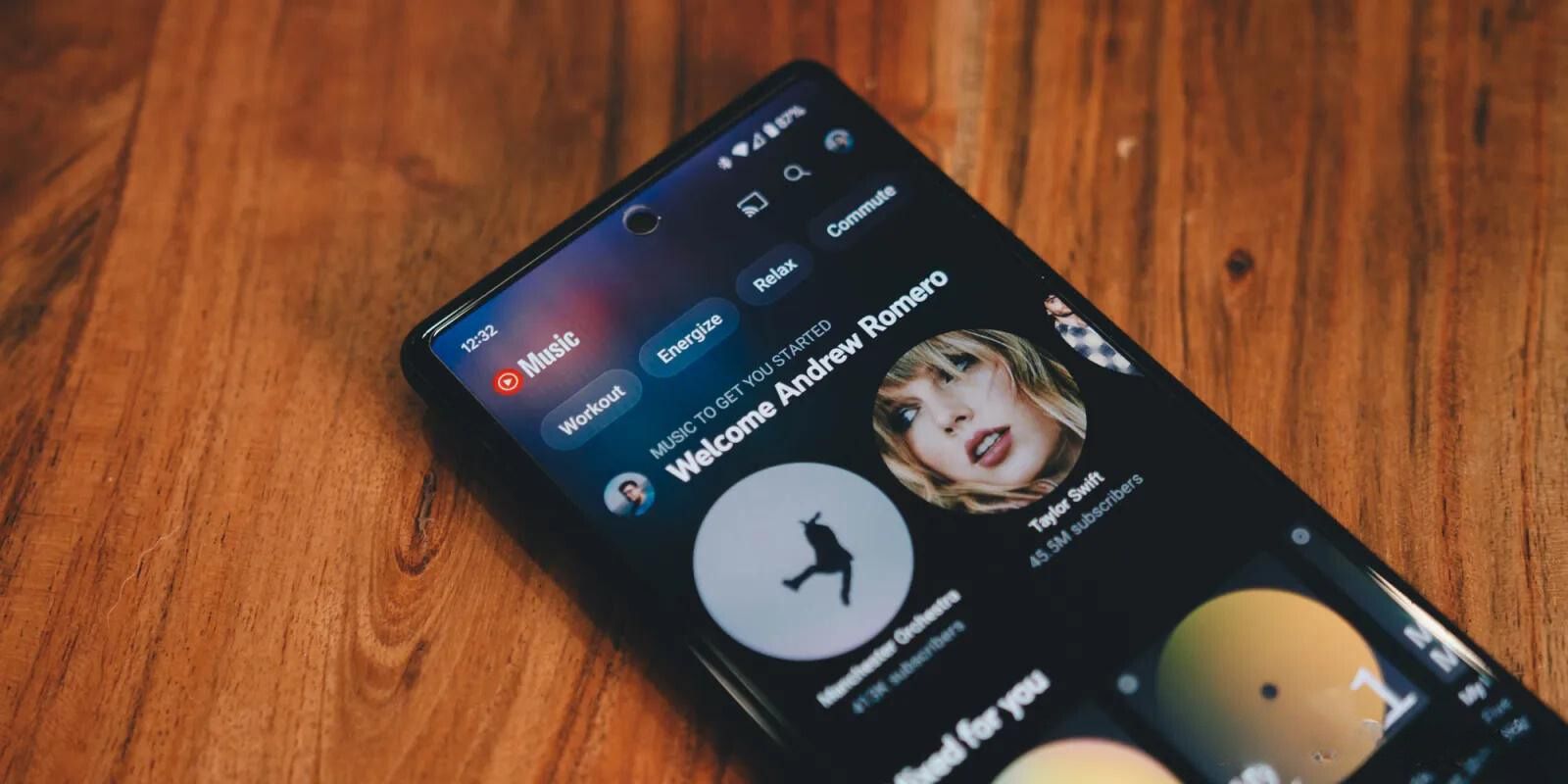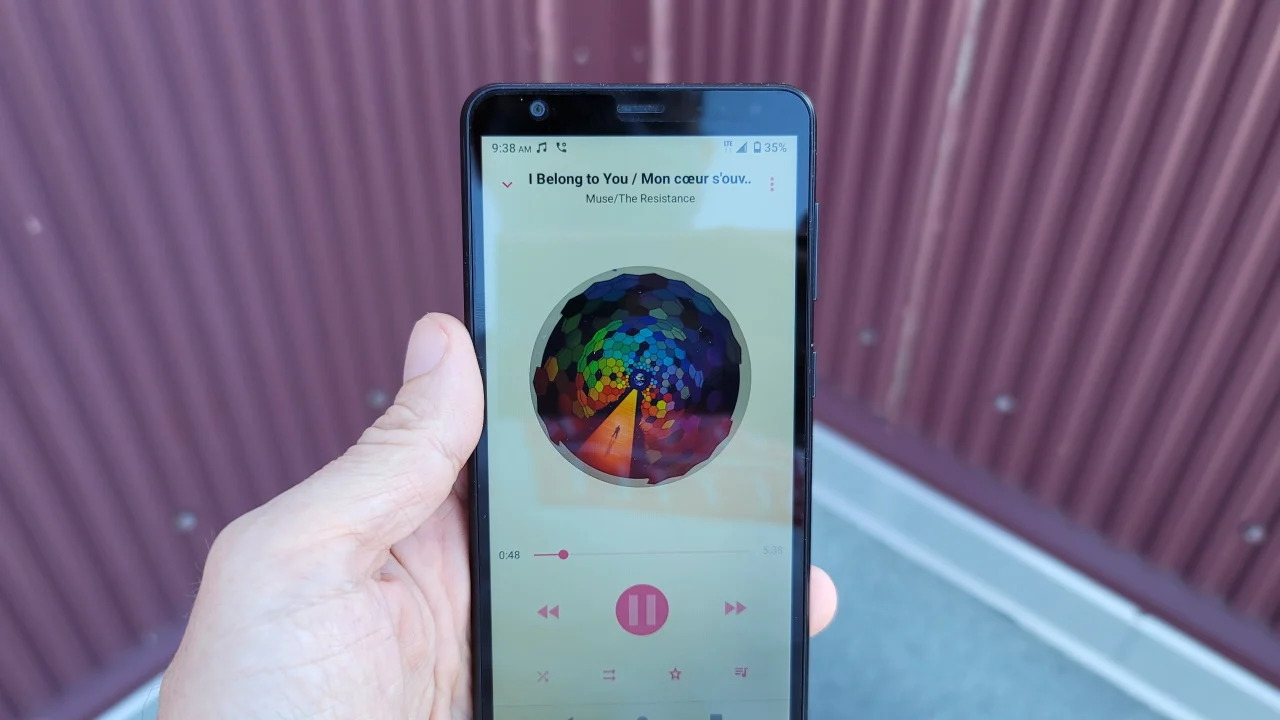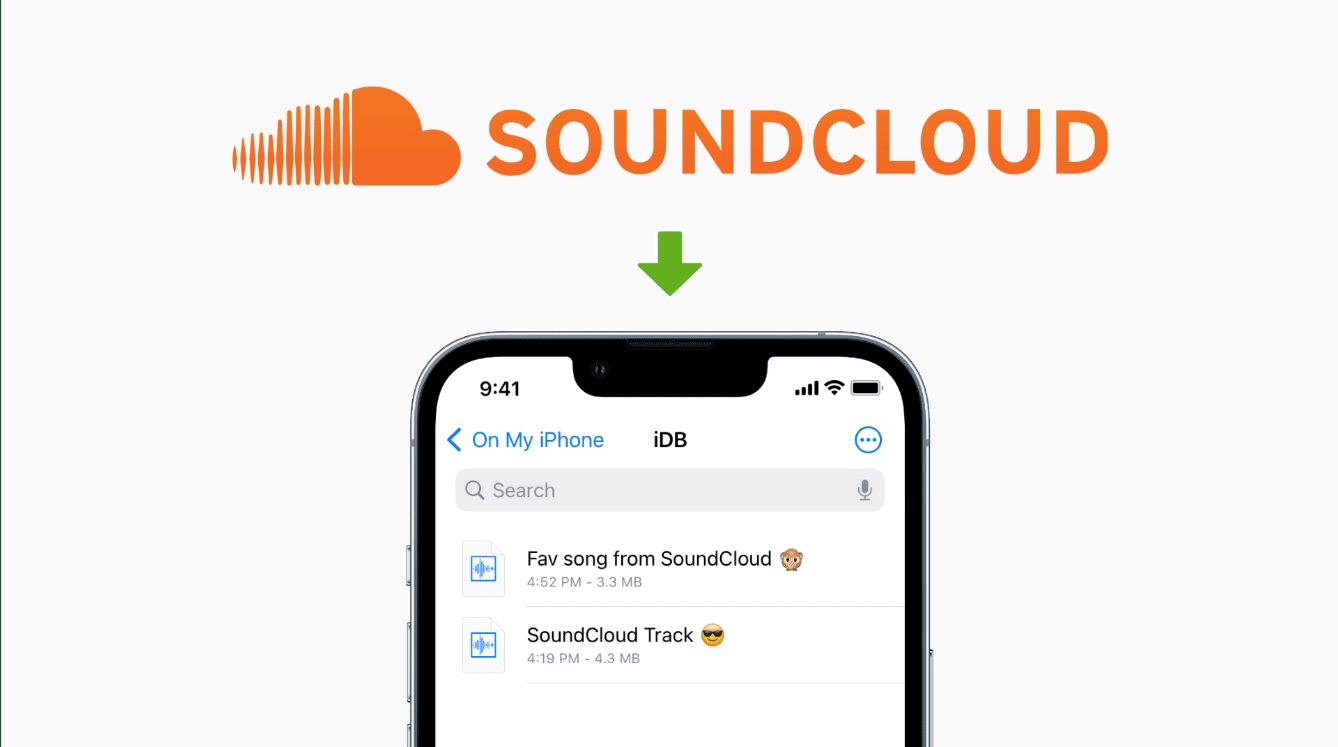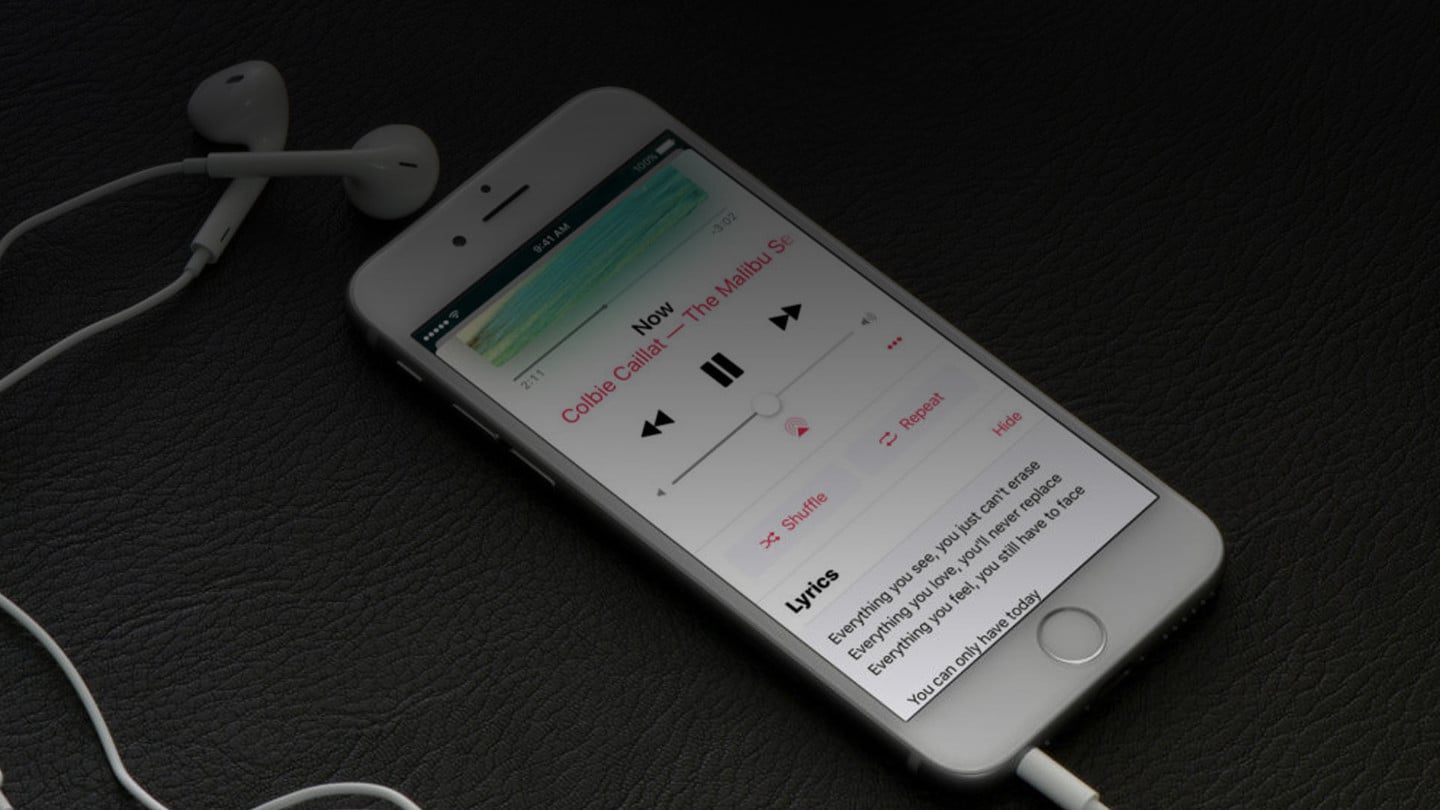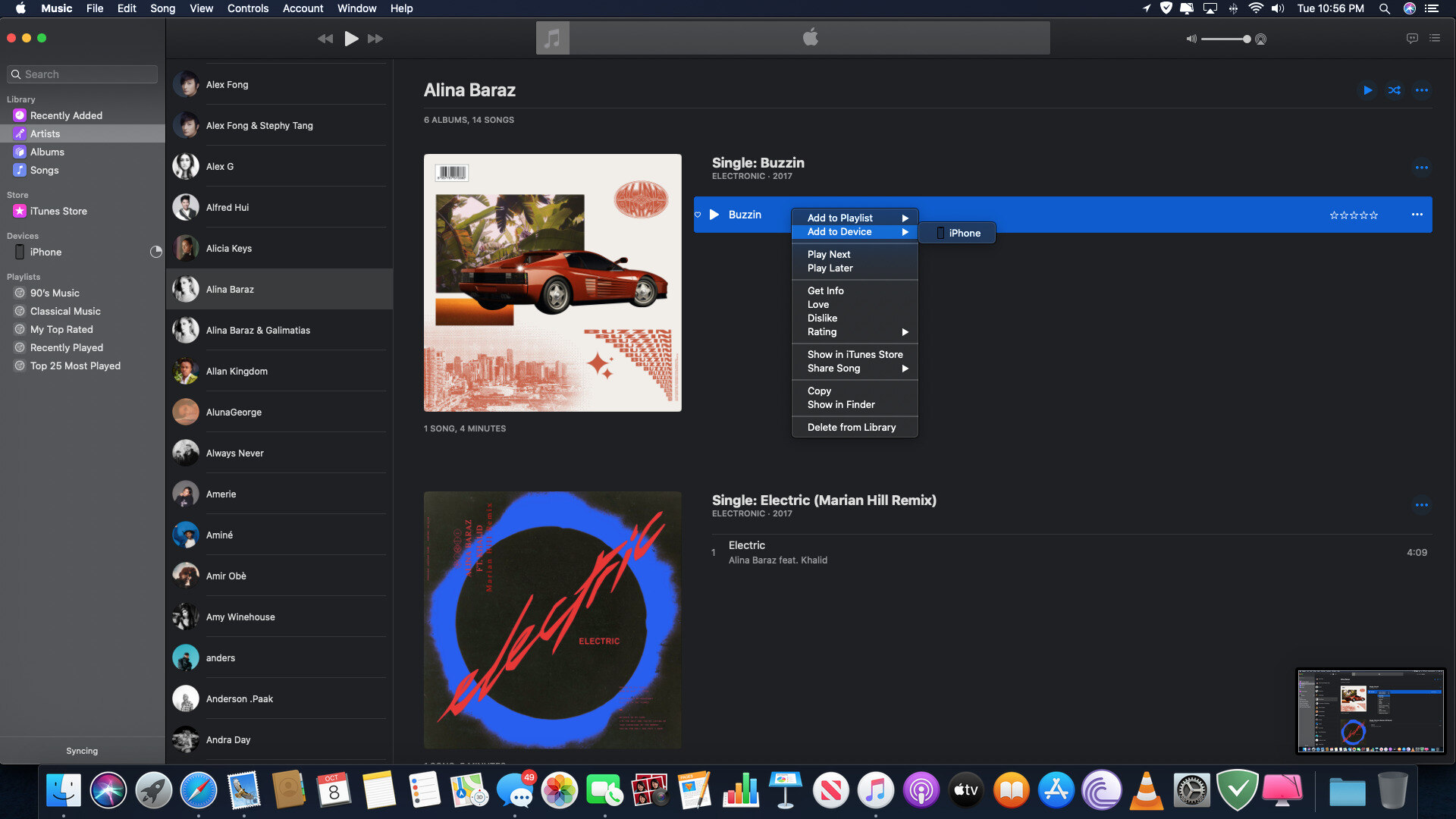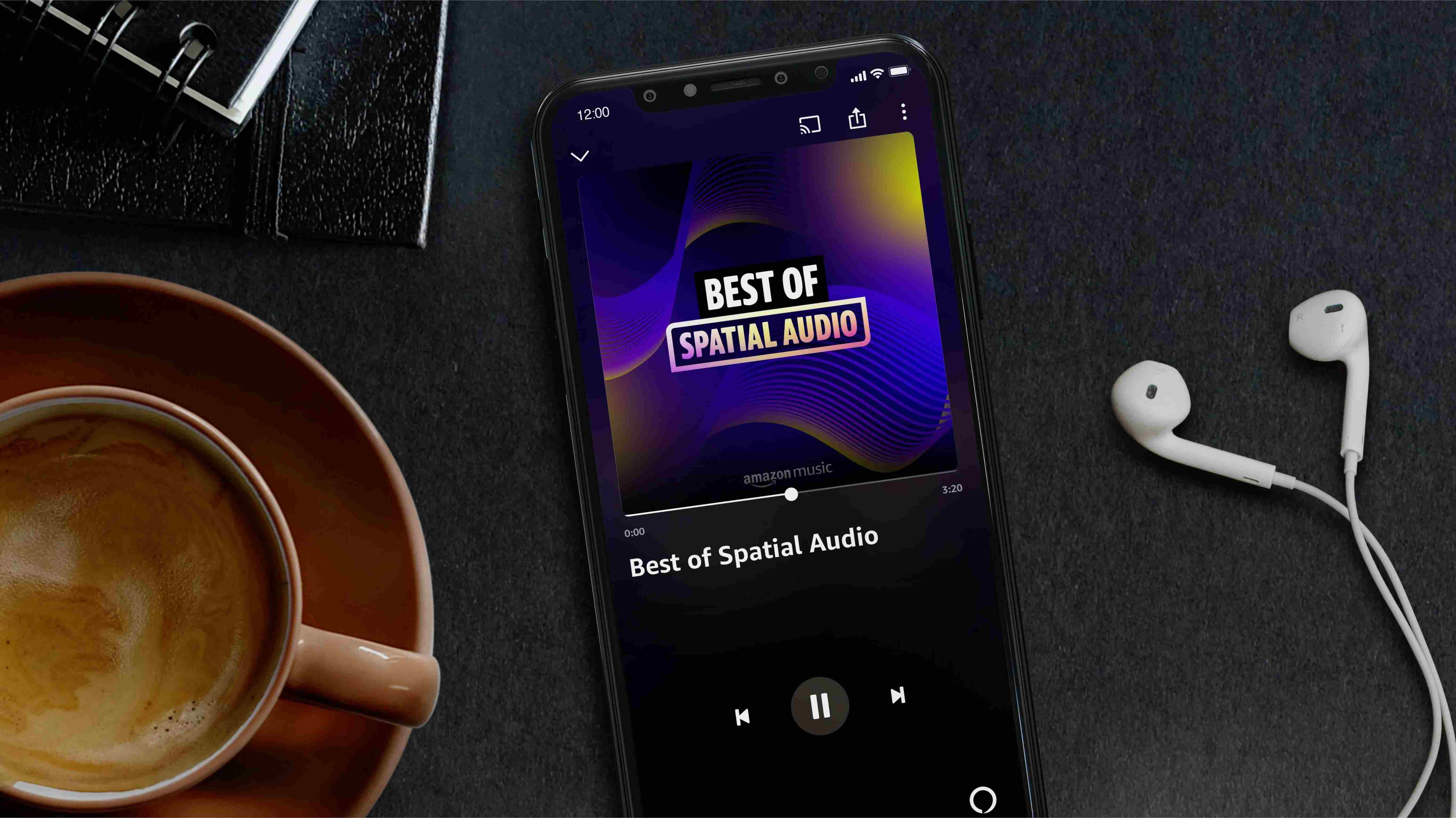Introduction
Music has become an integral part of our daily lives, providing the soundtrack to every moment and emotion. With the advancement of technology, we now have the convenience of downloading and carrying our favorite songs on our smartphones wherever we go. Whether you’re a fan of catchy pop tunes, soothing melodies, or energetic rock anthems, having access to a vast library of music on your phone is a game-changer.
In this article, we will explore the steps required to download songs to your phone. We will discuss the different options available, from music downloading apps to streaming platforms and music websites. Additionally, we’ll provide tips on how to organize and manage your music library effectively.
By the end of this article, you’ll have a comprehensive understanding of the various methods to download songs to your phone and the tools needed to do so. So, let’s dive in and embark on a musical journey that will keep you entertained wherever you go.
Choosing the Right Music Downloading App
When it comes to downloading songs to your phone, choosing the right music downloading app is crucial. With an abundance of options available, it can be overwhelming to determine which one will best suit your needs. Here are some considerations to keep in mind:
- Compatibility: Ensure that the app is compatible with your smartphone’s operating system, whether it’s iOS or Android.
- User Interface: Look for an app with a user-friendly interface, making it easy to navigate and search for your favorite songs.
- Library Size: Check the size of the app’s music library. The larger the library, the more extensive your range of song choices will be.
- Offline Listening: If you plan to listen to music offline, choose an app that allows you to download songs for offline playback.
- Quality Options: Consider whether the app offers different quality options for downloading songs, such as standard quality or high definition.
Some popular music downloading apps that meet these criteria include Spotify, Apple Music, Amazon Music, and Google Play Music. These apps provide a seamless user experience and vast music libraries to choose from. Additionally, they offer features like curated playlists, personalized recommendations, and even exclusive content from your favorite artists.
Take some time to explore different apps, read user reviews, and consider any additional features that may enhance your music downloading and listening experience. Remember, the right app will ultimately depend on your personal preferences and usage habits.
Finding and Downloading Songs
Once you’ve chosen the music downloading app that suits your needs, it’s time to start finding and downloading your favorite songs. Here are the steps to follow:
- Search for Songs: Use the search function within the app to find specific songs by title, artist, or album. You can also explore curated playlists or browse different genres to discover new music.
- Preview and Select: Most music downloading apps allow you to preview a song before downloading it. Take advantage of this feature to ensure the song is exactly what you’re looking for.
- Download the Song: Once you’ve selected a song, look for the download button or option within the app. Depending on the app, you may have the choice to download the song in different formats or qualities.
- Manage Downloads: Some apps have a dedicated downloads section where you can manage all your downloaded songs. This section allows you to view, play, and delete songs as needed.
It’s worth noting that some music downloading apps offer a premium subscription plan, which may provide additional benefits such as ad-free listening, unlimited downloads, and access to exclusive content. Consider whether a premium plan is worthwhile for your music consumption habits.
Furthermore, some apps offer the option to create personalized playlists or save songs to your library for easier access. Take advantage of these features to create a music collection tailored to your preferences.
Remember to ensure that you have a stable internet connection when downloading songs as some apps require an active connection for the downloading process. Once the songs are downloaded, you can enjoy them offline without any interruption.
With the ability to find and download songs at your fingertips, you can curate your own musical experience and have your favorite tunes readily available on your phone wherever you go.
Downloading Songs from Streaming Platforms
In addition to dedicated music downloading apps, many popular streaming platforms also allow you to download songs for offline listening. Here’s how you can download songs from some of these platforms:
- Spotify: If you’re a Spotify user, you can download songs by creating a playlist and toggling the “Download” switch. This will enable you to listen to the songs in your playlist offline.
- Apple Music: Apple Music offers a similar feature, allowing you to download songs or even entire albums by tapping the download icon next to the song or album title.
- Amazon Music: With Amazon Music, you can download songs and albums by selecting the “Download” option found alongside the song or album you wish to save offline.
- Google Play Music: For Google Play Music users, the process is as simple as selecting the three dots next to a song or album and choosing the download option.
These streaming platforms usually have restrictions on the number of songs you can download and the duration that these songs remain available offline. It’s therefore important to periodically connect to the internet to refresh the downloads and keep your songs accessible.
Remember that the availability of downloadable songs may vary depending on the platform and region. Not all songs may be downloadable due to licensing agreements or artist preferences. However, platforms often have a vast library of songs available for offline listening, ensuring you have an extensive selection at your disposal.
By leveraging the offline downloading feature offered by these streaming platforms, you can enjoy your favorite songs without relying on an active internet connection. This is particularly convenient when you’re traveling or in areas with limited network coverage.
Downloading Songs from Music Websites
In addition to music downloading apps and streaming platforms, you can also download songs directly from various music websites. Here are some popular methods for downloading songs from music websites:
- Legal Music Websites: There are numerous legitimate websites where you can purchase and download songs legally. Websites like iTunes, Bandcamp, and Amazon Music offer a wide selection of songs that you can buy and download in various formats.
- Free and Legal Download Websites: There are also websites that allow you to download songs legally without any cost. Examples of these websites include Soundcloud and Jamendo, which offer a selection of free music that you can download and enjoy.
- YouTube: While downloading songs from YouTube is technically against the platform’s terms of service, there are websites like YTMP3 and YouTube-mp3.org that allow you to convert YouTube videos into audio files that can be downloaded. However, it’s important to respect copyright laws and use these websites responsibly.
When downloading songs from music websites, pay attention to the file format and quality options available. Most websites offer a range of formats, such as MP3 or FLAC, and allow you to choose the quality of the downloaded file. Consider your preferences and the storage capacity of your phone when selecting the format and quality of the downloaded songs.
Keep in mind that not all music websites provide legal and legitimate downloads. Be cautious of websites that offer copyrighted material without proper licensing, as downloading from such sites may infringe on copyright laws and pose potential risks to your device’s security.
Always prioritize using legal sources and supporting artists by purchasing their music. This ensures that they are rightfully compensated for their work and encourages the creation of more great music.
By exploring the possibilities offered by music websites, you can broaden your music library and discover new artists and songs that align with your taste and preferences.
Transferring Downloaded Songs to Your Phone
Once you have downloaded songs to your computer from apps, streaming platforms, or music websites, the next step is to transfer them to your phone. Here are a few methods to accomplish this:
- USB Cable: One of the most common ways to transfer files is by using a USB cable. Connect your phone to your computer using the USB cable, and it should appear as a removable storage device on your computer. Simply drag and drop the downloaded songs into the appropriate folder on your phone.
- Cloud Storage: If you use a cloud storage service like Google Drive or Dropbox, you can upload the downloaded songs to your cloud account from your computer. Then, access the cloud storage app on your phone and download the songs directly to your device.
- Bluetooth: If your computer and phone both support Bluetooth connectivity, you can pair the devices and transfer the downloaded songs wirelessly. Select the songs on your computer and send them to your phone via Bluetooth.
- Wi-Fi Transfer Apps: There are various apps available that allow you to transfer files over Wi-Fi between your computer and phone. These apps create a direct connection between the devices, enabling seamless file sharing. Some popular Wi-Fi transfer apps include AirDroid, Send Anywhere, and Portal by Pushbullet.
When transferring songs to your phone, ensure that they are saved in a compatible format and locate the appropriate folder where your phone’s music player app can detect them. Commonly, it’s the “Music” or “Media” folder.
It’s a good practice to create separate folders for different artists or albums to keep your music library organized. This way, you can easily navigate and find the songs you want to listen to on your phone.
As you transfer the downloaded songs to your phone, it’s crucial to have sufficient storage space available. If your phone’s storage is limited, consider removing old songs or unused apps to free up space for your new music.
By using these methods to transfer downloaded songs to your phone, you can enjoy your favorite tunes on the go without depending on an internet connection or consuming mobile data.
Organizing and Managing Your Music Library
Keeping your music library organized is key to easily finding and enjoying your favorite songs. Here are some tips to help you effectively organize and manage your music library:
- Use Metadata: Most music files come with embedded metadata, such as song title, artist name, album name, genre, and album artwork. Take advantage of this information to organize your songs. Ensure that the metadata is accurate and consistent across your library to enhance the browsing and searching experience.
- Create Folders: Organize your songs into folders or directories based on your preferences. You can create folders for different genres, artists, or albums. Alternatively, use a music player app that supports playlist creation to group songs based on themes or moods.
- Album Artwork: Album artwork adds visual appeal to your music library. You can manually add or update album artwork for songs or use software that automatically fetches artwork for your music collection.
- Metadata Editors: If your music files have incorrect or missing metadata, consider using metadata editors like MusicBrainz Picard or Mp3tag to correct them. These tools allow you to edit song information in bulk, saving you time and effort.
- Backup Your Library: It’s crucial to regularly backup your music library to prevent data loss. Create a backup on an external hard drive, cloud storage, or use music management software that provides backup features.
- Remove Duplicate Songs: Over time, duplicate songs can accumulate in your library, taking up unnecessary space. Use dedicated software like Duplicate Cleaner or Gemini to identify and remove duplicate tracks, freeing up storage and ensuring a cleaner library.
- Tagging and Rating: Take advantage of tagging and rating features offered by music management software or music player apps. Tag songs with categories like favorites, mood, or activity to easily create custom playlists. Use rating systems to prioritize songs you love or want to discover more of.
Regularly invest time in maintaining your music library by updating metadata, removing duplicate files, and organizing your songs. This will ensure that your music collection is well-organized, easily accessible, and continuously enjoyable.
Experiment with different organizational methods and explore the features provided by music management software or music player apps to find a system that works best for you. With a well-organized music library, you can enhance your music listening experience and make the most of your vast collection of songs.
Troubleshooting Common Issues
While downloading and managing songs on your phone, you may encounter the occasional issue. Here are some common problems and their troubleshooting solutions:
- Slow Downloads: If you’re experiencing slow download speeds, ensure that you have a stable internet connection. Switch to a faster Wi-Fi network or try restarting your router or modem. If the issue persists, consider downloading songs during off-peak hours when internet traffic is lower.
- Playback Issues: If you’re having trouble playing downloaded songs, check that the file format is supported by your phone’s music player app. Some apps may have limitations on file formats or require additional codecs for certain file types. In such cases, consider using a different music player app or convert the songs to a compatible format.
- Missing Songs: If you can’t find downloaded songs in your music library, double-check the folder or directory where the songs were saved. Ensure that the songs are properly placed in the designated folder and that the files haven’t been accidentally deleted or moved. Utilize the search function within your music player app to locate specific songs by title or artist.
- Storage Errors: If you receive notifications about low storage or insufficient space, delete unwanted files or apps from your phone to free up space. Consider moving some of your music files to an external storage device or cloud storage to create more room for new downloads.
- Incompatibility: If you’re encountering issues with certain music files, they might be in an unsupported format. Convert the files to a compatible format using dedicated file conversion software or online converters before transferring them to your phone.
- Syncing Problems: If you’re using music management software to sync your songs to your phone, ensure that the software is up to date. Check the settings to confirm that the proper synchronization options are selected. If problems persist, try disconnecting and reconnecting your phone, or restart both your computer and phone.
If you continue to experience difficulties despite troubleshooting, consult the support channels of the specific music downloading app, streaming platform, or music website you are using. They may be able to provide additional guidance or address any technical issues you encounter.
Remember to keep your apps and devices updated with the latest software versions, as updates often include bug fixes and improvements that can resolve issues. Regular maintenance and attention to detail will help ensure a smooth and enjoyable music downloading and listening experience on your phone.
Conclusion
Downloading songs to your phone opens up a world of musical possibilities, allowing you to enjoy your favorite tunes anytime, anywhere. Whether you choose music downloading apps, streaming platforms, or music websites, the process is made simple and convenient with the advancements in technology.
By choosing the right music downloading app and exploring the various methods available, you can easily find and download songs that resonate with your taste. Take advantage of the features offered by these apps and platforms, such as curated playlists, personalized recommendations, and offline listening options, to enhance your music experience.
Once you have downloaded songs, transferring them to your phone is a straightforward process. Use USB cables, cloud storage, Bluetooth, or Wi-Fi transfer apps to move your songs from your computer to your phone. Remember to organize and manage your music library effectively by using metadata, creating folders, and utilizing tagging and rating features.
While downloading and managing songs, you may encounter common issues. Slow downloads, playback problems, missing songs, storage errors, and compatibility issues can be troubleshooted with some basic troubleshooting steps. Consult support channels when needed and keep your apps and devices updated to ensure a seamless experience.
Now that you have a deep understanding of how to download songs to your phone and manage your music library, you can curate a personalized collection of songs that uplifts, inspires, and connects with you. With your favorite tunes readily available on your phone, you’ll always have the perfect soundtrack for every moment and mood.







